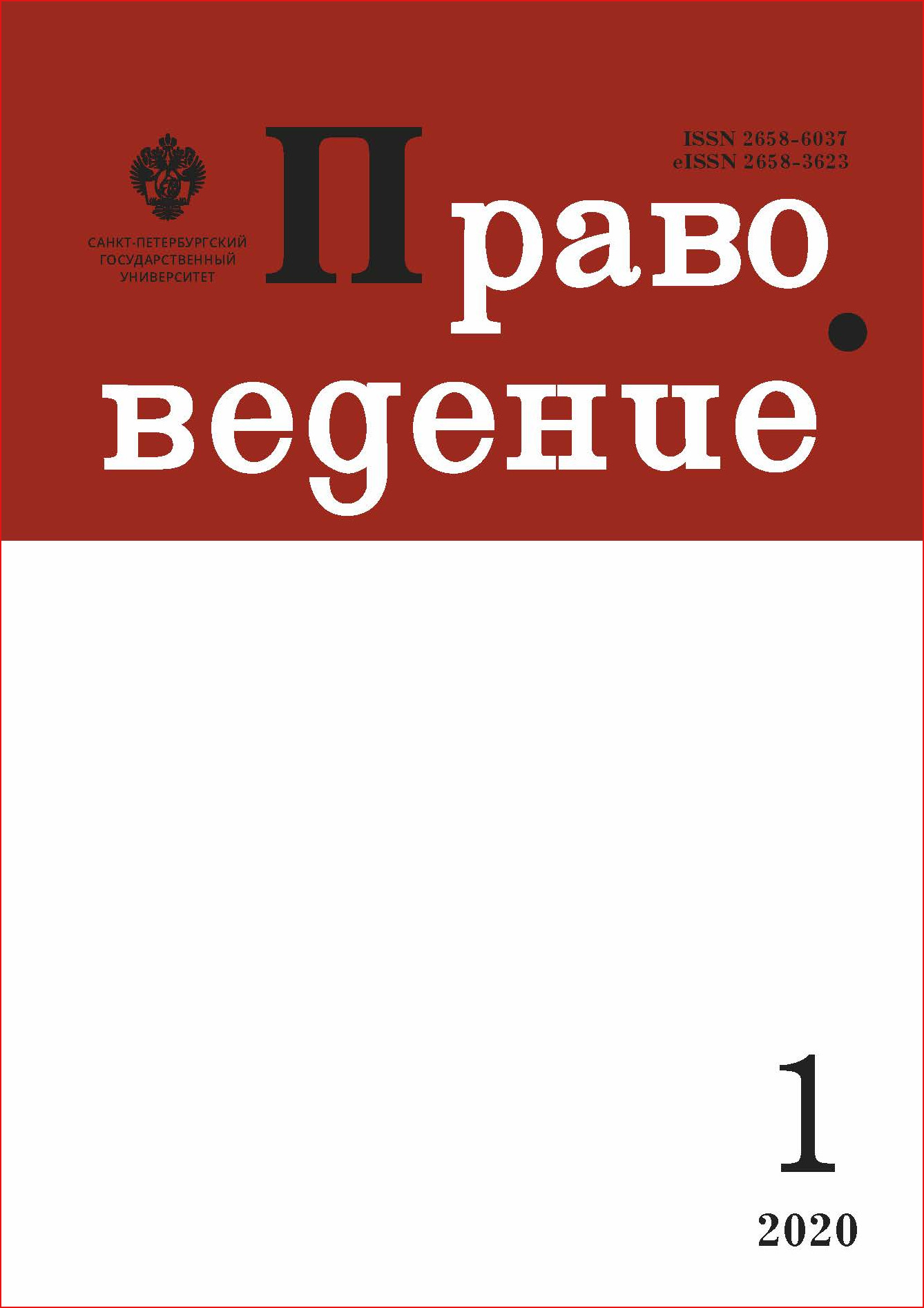UNESCO’s tangible and intangible cultural heritage: Sustainable development perspectives
DOI:
https://doi.org/10.21638/spbu25.2020.104Abstract
The United Nations Educational, Scientific and Cultural Organization (UNESCO) 2003 Convention for the Safeguarding of the Intangible Cultural Heritage has not only introduced a conceptual and applicative expansion of the interdisciplinary subjects applied to cultural heritage, but it has also increasingly encouraged an integrated planning of sustainable development policies for territories and communities that convey and shape their relative cultural and anthropomorphic identity, along with the re-thinking of the collective dimension of heritage in terms of rights to creation and fruition as well as the related cultural management. This article presents a reflection on the opportunity to identify and develop the relationship between tangible and intangible heritage as resources that are essential to one another. To this purpose, two illustrative UNESCO application paths are examined. The first relates to the recognition of The Vineyard Landscape of Piedmont: Langhe-Roero and Monferrato as a Cultural Landscape of World Heritage, pursuant to the 1972 UNESCO Convention Concerning the Protection of the World Cultural and Natural Heritage, while the second concerns the inscription of the intangible element The Celebration of Celestinian Forgiveness in the Representative List of the Intangible Cultural Heritage of Humanity of the UNESCO 2003 Convention. Due to differences in paradigms and application criteria under the two UNESCO Conventions, which are also detectable in the Italian regulatory context, these case studies offer the opportunity to advance an interdisciplinary reflection aimed at rethinking safeguarding contexts, as well as enhancement and increasing accessibility of cultural heritage. As a result of the reflection, an analysis of the concept of living in relation to the anthropological definition of organic landscape, representation of collective identities (community-based heritage), inclusive places and sociability (public policy), communicative restitution (universal ethical values), participatory management (participative brand making), and integrated sustainability is derived.
Keywords:
UNESCO, tangible cultural heritage, intangible cultural heritage, sustainable development, cultural collective rights, benefit sharing
Downloads
References
Downloads
Published
How to Cite
Issue
Section
License
Articles of "Pravovedenie" are open access distributed under the terms of the License Agreement with Saint Petersburg State University, which permits to the authors unrestricted distribution and self-archiving free of charge.




